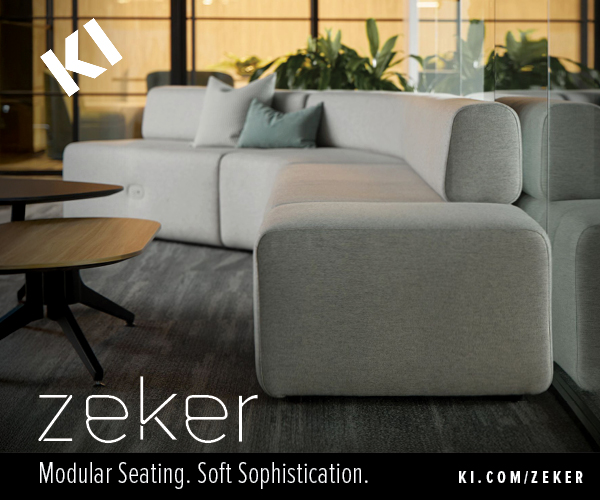
An Introduction To A Growing Trend: Activity Based Working
What is Activity Based Working?
Activity based working (ABW) is based on the premise that no employee ‘owns’ or has an assigned workstation. Rather, the broader workspace provides employees with a variety of predetermined activity areas that allow them to conduct specific tasks including learning, focusing, collaborating and socialising.
In Australia, recent research indicates that one in three organisations are implementing or planning to implement flexible ways of working including ABW (Colliers International Office Tenant Survey 2012).
This new way of working is positioned as a team-orientated approach which must be flexible enough for diverse teams to adapt their allocated home zones to their needs. Based on my experience, for ABW to be successful, the losses and gains should be made explicit with the new focus on team ownership emphasised: individual ownership of a workstation is lost and team ownership of a home zone is gained. The transition from a ‘me’ to a ‘we’ mindset is one that needs to be supported by a structured change management program in which leaders play an imperative role.
Leaders must actively help their employees overcome their resistance to a change to ABW and ensure that they remain empowered and engaged from a work and social perspective. Promoting employee connections and a sense of belongingness and place remains relevant at work and should become a more active behaviour in ABW leaders. For leaders, this means acknowledging that employees have an emotional reaction to their physical workspace.
Trust is fundamental to an ABW workspace and leaders must proactively demonstrate trust of their employees with less visibility and encourage employee trust in them. Methods such as providing support (emotional and function), control, and communication is essential in developing trust and should be emphasised in ABW. Senior leadership sponsorship is also imperative to any change and should be demonstrated in this new way of working.
An ABW approach is based on appraising performance through work outputs instead of work processes and requires training and support from HR (change in performance appraisal policies and procedures) and IT (change in the mobile capacity of systems and technologies). The relationship between the manager and employee changes in ABW, and formal and informal training should be provided to support this change.
Finally, for ABW to be successful, it must be relevant to the workforce: who they are and what they do at work. ABW is not for everyone and is more appropriate for a workforce that is mobile or is planning to embrace mobility with the support of its leadership team. It may be that ABW is applied to some teams or departments within an organisation, but not all, as is the case in Australia.























